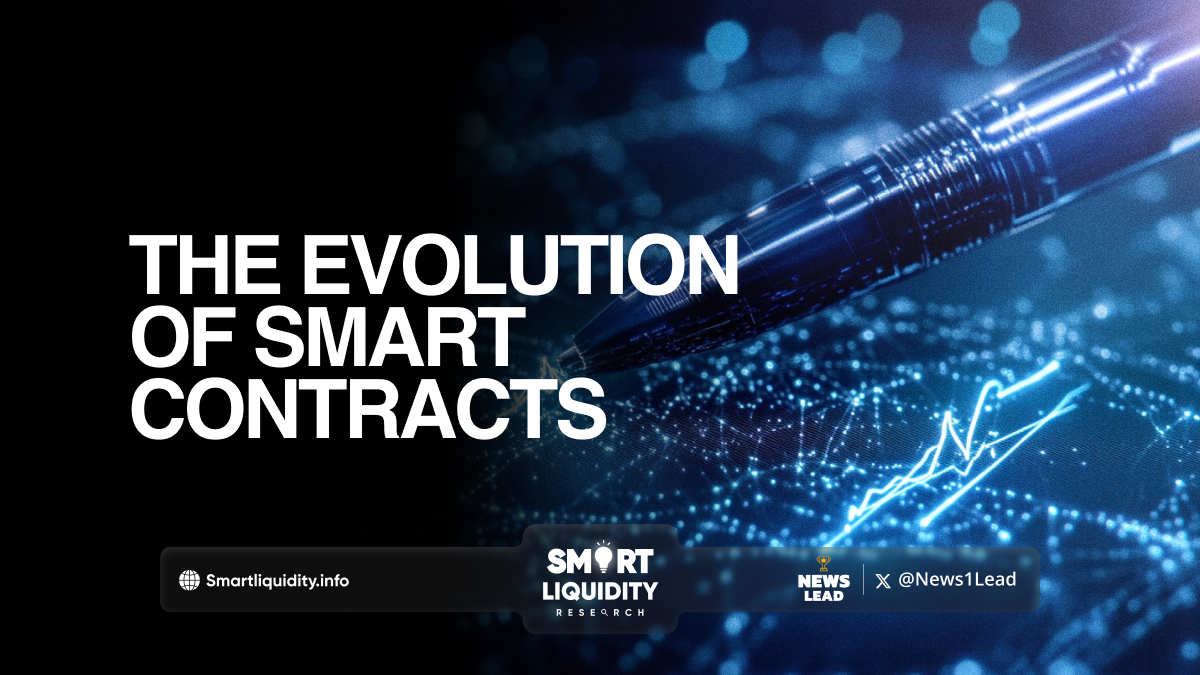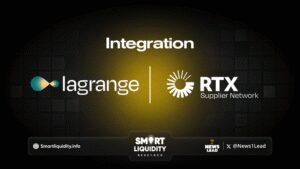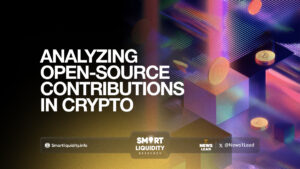The Evolution of Smart Contracts: From Ethereum to AI-Powered Automation


Smart contracts have transformed digital agreements by removing intermediaries and enabling trustless automation. Since debuting on Ethereum, they have evolved significantly, incorporating technologies like AI to boost efficiency and functionality. This article delves into their journey, from Ethereum’s early innovations to the emergence of AI-driven automation.
The Birth of Smart Contracts: Ethereum’s Role
The concept of smart contracts was first proposed by Nick Szabo in the 1990s, but it wasn’t until the launch of Ethereum in 2015 that they became a practical reality. Ethereum introduced the Ethereum Virtual Machine (EVM) and Solidity, enabling developers to write self-executing contracts that operate on a decentralized network. This breakthrough laid the foundation for decentralized applications (dApps) and ushered in an era of programmable trust.
Key Features of Ethereum-Based Smart Contracts:
- Decentralization: Eliminates the need for intermediaries.
- Transparency: All transactions are publicly recorded on the blockchain.
- Immutability: Once deployed, smart contracts cannot be altered.
- Security: Encrypted execution minimizes the risk of fraud.
Despite these advantages, Ethereum-based smart contracts faced challenges, including high gas fees, network congestion, and limited flexibility in handling real-world data.
Beyond Ethereum: Layer-2 Solutions and Alternative Blockchains
To address Ethereum’s scalability issues, Layer-2 solutions like Optimistic Rollups and zk-Rollups emerged, offering faster and cheaper transactions. Additionally, new blockchain networks such as Binance Smart Chain (BSC), Polkadot, and Solana introduced alternative smart contract ecosystems with enhanced performance and lower costs.
Notable Advancements in Smart Contracts:
- Cross-Chain Interoperability: Projects like Polkadot and Cosmos enable communication between different blockchains.
- Improved Efficiency: Networks like Solana provide higher throughput and lower latency.
- Enhanced Security: Developments in cryptographic techniques improve contract reliability.
AI-Powered Smart Contracts: The Next Frontier
Artificial intelligence is now merging with blockchain technology to create smarter, more adaptive contracts. AI-powered smart contracts leverage machine learning and natural language processing (NLP) to enhance automation, decision-making, and predictive capabilities.
How AI is Transforming Smart Contracts:
- Dynamic Execution: AI can adapt contract terms based on real-time data, making agreements more responsive to changing conditions.
- Automated Dispute Resolution: AI-driven analysis can detect anomalies and mediate disputes more efficiently.
- Risk Assessment and Fraud Detection: Machine learning algorithms can analyze transaction patterns to identify fraudulent activities before they occur.
- Natural Language Processing (NLP) Integration: AI enables smart contracts to interpret and execute terms written in human language, improving accessibility and usability.
Real-World Applications of AI-Enhanced Smart Contracts
Industries are already exploring AI-integrated smart contracts for various applications:
- Finance: Automated lending protocols that adjust interest rates dynamically.
- Supply Chain Management: AI-driven tracking and verification of goods in real-time.
- Healthcare: Secure patient data sharing and automated insurance claims processing.
- Legal Sector: AI-powered contract analysis and compliance monitoring.
Challenges and Considerations
While AI-powered smart contracts offer promising advantages, challenges remain:
- Complexity: Integrating AI adds additional layers of complexity to contract development.
- Security Risks: AI models can be vulnerable to adversarial attacks and biases.
- Regulatory Concerns: Legal frameworks for AI-driven automation are still evolving.
Conclusion
The evolution of smart contracts from Ethereum’s pioneering days to AI-powered automation marks a significant leap in blockchain technology. As AI continues to advance, smart contracts will become more intelligent, autonomous, and adaptive, paving the way for a new era of decentralized automation. However, addressing security, regulatory, and technical challenges will be crucial for their mainstream adoption. The future of smart contracts lies at the intersection of blockchain and AI, promising a more efficient and intelligent digital economy.




